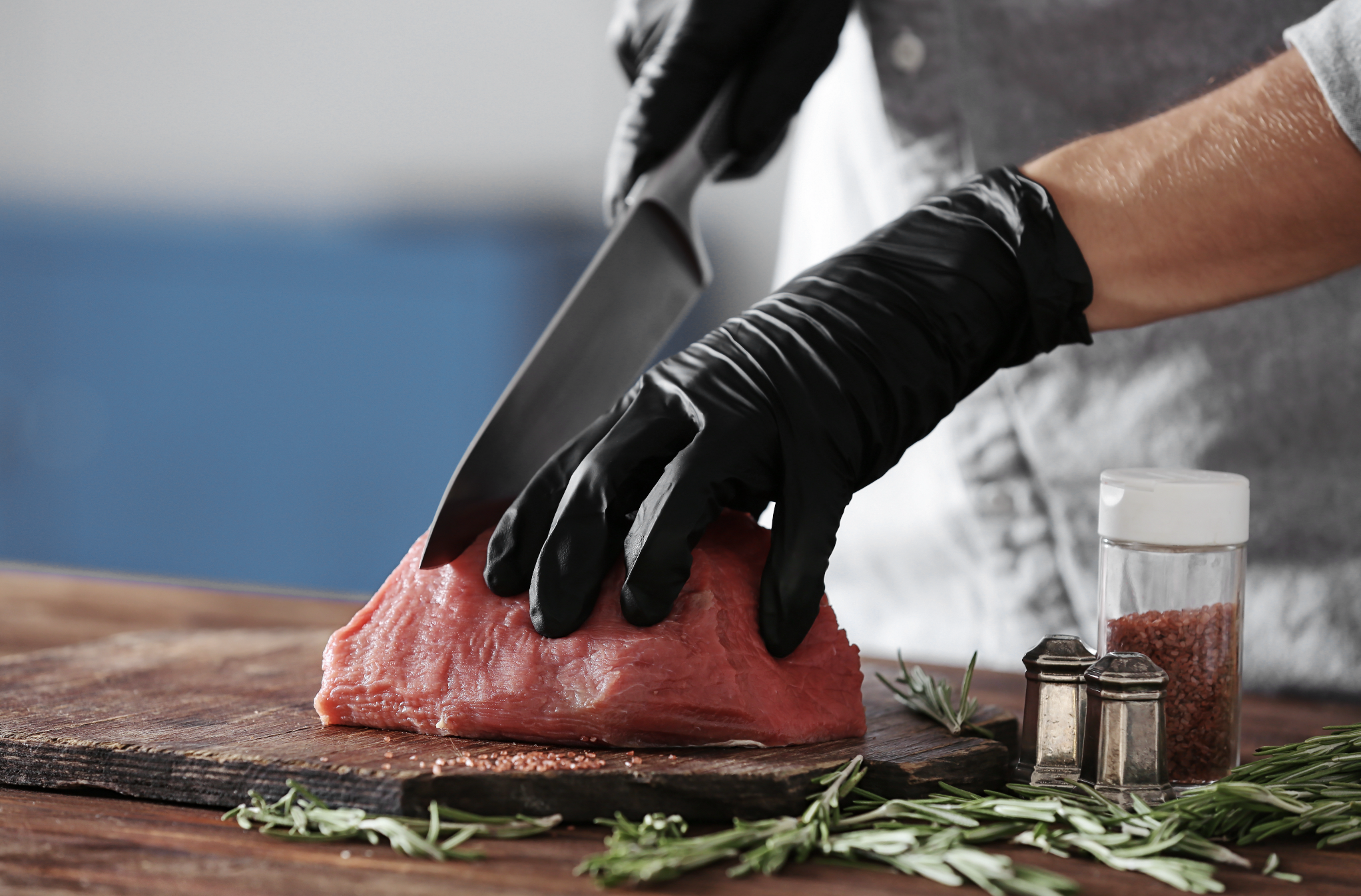
1. COVID-19 COOKING QUESTIONS?
1. Can food transmit the Coronavirus? There has been no evidence of foodborne transmission for the current virus or similar viruses.
2. Is HACCP guidelines sufficient for preventing the spread of the virus? Yes, always first apply the HACCP guidelines with some modifications, such as sanitizing hands more often and changing gloves more regularly.
3. Which pasteurization procedures should I now use? Standard pasteurization procedures are sufficient to inactivate COVID-19 when preparing food.
View the common FATTOM Factors for more on Food Safety.

2. COVID-19 PACKAGING QUESTIONS?
1. Can the virus spread via packaging? The COVID-19 virus is thought to be spread mainly through respiratory droplets. Currently, there has been no evidence of foodborne transmission for it. Per the United States CDC, “It may be possible that a person can get COVID-19 by touching a surface or object, like a packaging container, that has the virus on it and then touching their own mouth, nose, or possibly their eyes, but this is not thought to be the main way the virus spreads. In general, because of poor survivability of these coronaviruses on surfaces, there is likely very low risk of spread from food products or packaging."
Learn what is known about the spread of COVID-19.

3. COVID-19 DISINFECTION QUESTIONS?
1. Which cleaning practice is recommended? The standard Good Manufacturing Practice (GMP) cleaning and disinfection measures are considered sufficient to inactivate the COVID-19 virus.
2. Which disinfectants are recommended? Common disinfectants such as Sodium Hypochlorite and Ethanol (at relevant concentrations) should inactivate coronaviruses.
3. Can virus-contaminated services cross-contaminate food? Yes, therefore the following guidelines should be applied:
- Proper cleaning and disinfection must always be in place to control all types of micro-organisms (bacteria, molds, yeasts, parasites, viruses, including Corona).
- The frequency of cleaning and disinfecting should be increased.
- Also, high temperatures are effective for surface cleaning (e.g. dishwasher 70°C/158°F).

4. COVID-19 PERSONAL HYGIENE QUESTIONS:
1. Should all kitchen staff wear masks? Protective masks should only be used by symptomatic individuals or by healthy individuals looking after someone who is ill. (Unfortunately, there is a global shortage of masks, therefore they should be used wisely). The Centers of Disease Control (CDC) also advises the use of simple cloth face coverings to slow the spread of the virus and help people who may have the virus and do not know it from transmitting it to others. This should be done particularly in settings where employees are not able to maintain a 6ft distance between each other. Cloth face coverings fashioned from household items or made at home from common materials at low cost can be used as an additional, voluntary public health measure. These coverings must be laundered between each use.
2. Should all kitchen staff wear gloves? Hand and arm washing rules should strictly be followed, being sure to wash hands with soap and water, covering all surfaces of the hands, for at least 20 seconds. Sanitize hands using a hand sanitizer product with at least 60% alcohol content more often and if wearing gloves change more regular than normal.
3. Who should not handle food? Food handlers with symptoms such as fever, sore throat or sneezing, etc., must be prevented from handling food or materials which come into contact with food.
4. What else can we do to prevent contamination?
- Always wash hands regularly (i.e. before handling food, after handling raw food, after using the toilet, disposing of waste) with warm water and liquid soap.
- Do not cough or sneeze in your hands.

